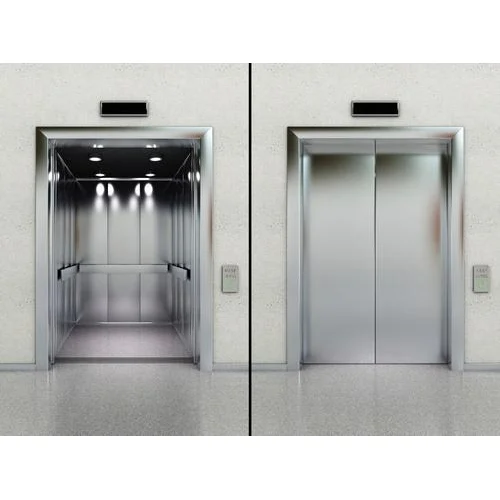Residential elevators are made up of three primary functional elements: the car, the rail structure, and the drive system.
The car is the most visible part of the home elevator. It can be made in a variety of sizes and configurations, and there are several ways to customize your home elevator car to match the décor of your home. The elevator car transports passengers from landing to landing.
The car is transported to its destination by rail. The rail structure is attached to the hoist way and is essential to the system’s stability and safety.
The drive system is the final component of a residential elevators. The drive system is what moves the car along the rail structure. When designing your elevators, there are several key drive systems to consider. Let’s look at the Inline Gear Drive, Winding Drum Drive, and Hydraulic Drive in more detail.
Inline Gear Drive
The motor for the Inline Gear Drive is located at the top of the rail structure and is counterweighted to improve power transmission. When the elevator ascends, the counterweight descends, and vice versa. The motor and controller can be mounted in the hoist way, which is an advantage of this system
General
Overhead: 8’0″ (96 inches) with remote controller; 9’0″ with controller in hoist way and 7’0″ interior car height
Variable speed inverter-controlled Inline Gear Drive with counterweight and 2 horsepower motor
Device for manual lowering
Security Features
Slack chain protection device
There are two upper and one lower final limit.
Machine halt switch
Driven by a Winding Drum
A Winding Drum elevator functions similarly to a large winch. The drive, which requires a machine room, is located directly adjacent to the elevator shaft and lifts the elevator up and down using a series of pulleys to change the direction of the ropes (pre-stretched galvanized aircraft cable).
General
Overhead minimum of 7’10” (94 inches) with a 7’0″ interior car height
Device for manual lowering
Security Features
Slack rope safety device
two upper and one lower final limit.
Hydraulic Drive
The Hydraulic Drive, also requires a machine room, which houses the electrical components and the hydraulic tank and pump. A hydraulic pump-connected piston in the hoist way raises or lowers the elevator to the desired landing. The Hydraulic Drive is the quietest of these drive systems.
General
Overhead minimum of 7’10” (94 inches) with a 7’0″ interior car height
Manual down valve for emergency lowering
Safety Features
Slack rope safety device
Line rupture valve
Each of the residential elevator drive systems has its own set of advantages. Your personal preference will ultimately determine which drive system you select. Speak with a local elevator company to learn more about the differences between the driving systems. Inquire not just about the variations between elevator drive systems, but also about the continuing maintenance necessary. Milano https://milanotechnologies.pk/ can help you determine which sort of drive will give you the finest end result.


